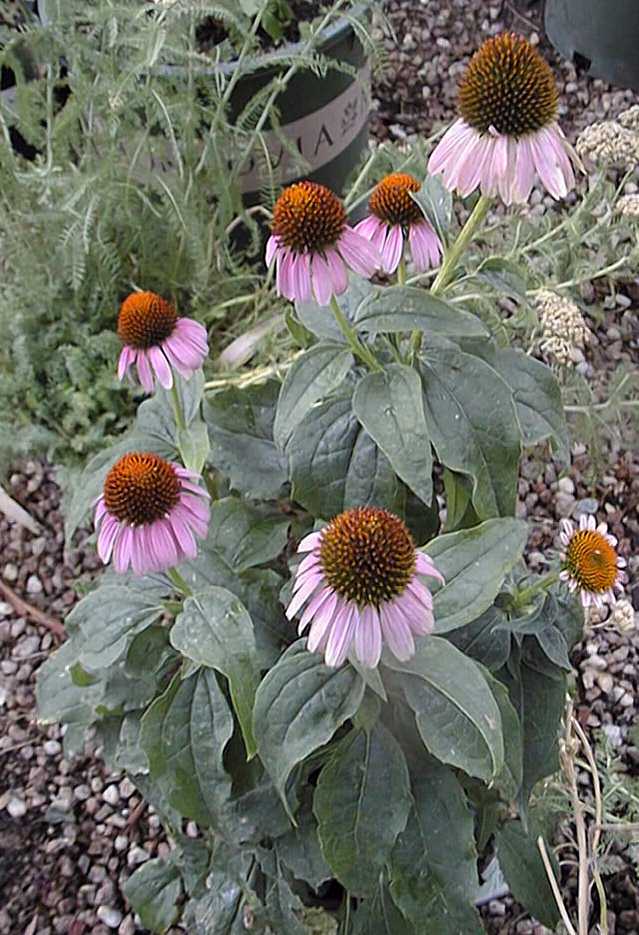

It has a fibrous root system, rather than the long taproot and woody crown found in other native species, making it more adaptable to garden conditions, and more forgiving of dividing and transplanting. The top 15 ecological performers, all single blooms, attracted an average of 69 pollinator visits. Purple coneflower, or Echinacea purpurea, is by far the most popular variety of coneflower.

The difference in value to pollinators is significant. We link to vendors to help you find relevant products. You can even find a green variety, if that’s your thing. Now I will admit that a few of the cultivars from this genus are just a little bit tempting.Īnyhow, among the 15 plants most attractive to pollinators were 6 that received top marks for overall garden performance: Though pinkish-purple may be the standard, echinacea flowers are actually available in a striking variety of hues, from white, yellow, and pale peach to vibrant orange, pink, and red. In fact, I once proposed the creation of a Federal Echinacea Cultivar Control Board, but the idea did not gain traction. There are different types of echinacea, and therefore some formulations are blends of the different forms. Tell the truth, I have at times been appalled by some of the Echinacea cultivar introductions over the years, some of which have looked just awful in my opinion. Echinacea, also known as the purple coneflower, is a dietary supplement made from the Echinacea plant, and is primarily used for immune system support, as an anti-inflammatory, or to shorten the duration of upper respiratory conditions. If you want to read a really lively debate on this topic, check out this post from Benjamin Vogt’s Monarch Gardens – and be sure to read the comments. Purple coneflower (Echinacea angustifolia) and other Echinacea species have been the most widely utilized and important medicinal plants used by Indigenous people of the Great Plains. It is also commonly planted in prairie restoration sites or similar settings and has become a popular ornamental flower that can be found throughout the horticulture industry. In the wild it is found in open prairies and meadows. Tiger Swallowtail nectaring on a purple coneflower. About Echinacea: Herbal Medicine with a Wild History Click here to read a book review by Harold W. Purple coneflower ( Echinacea purpurea) is a perennial wildflower native to most of the eastern 2/3 of the U.S.


 0 kommentar(er)
0 kommentar(er)
